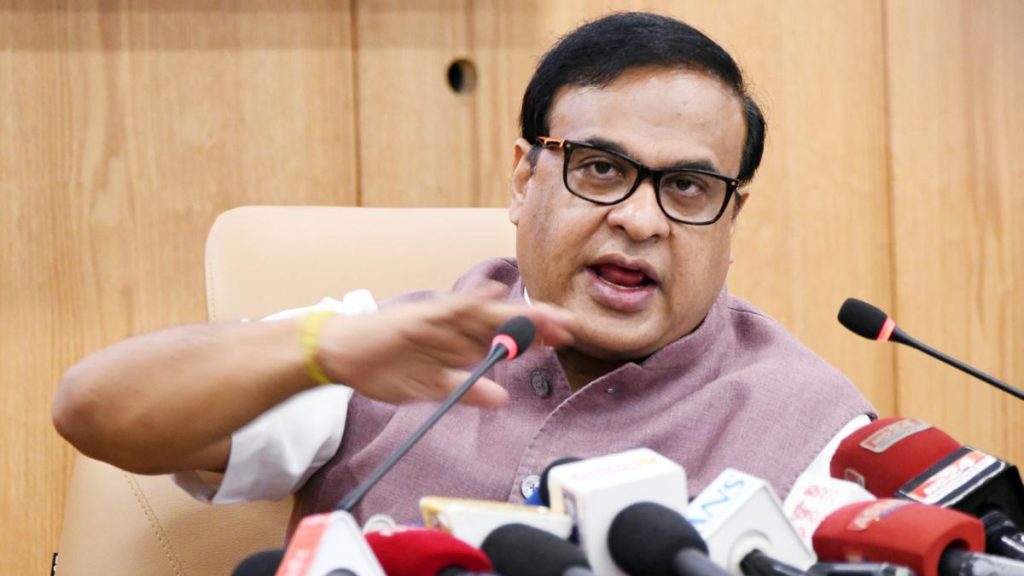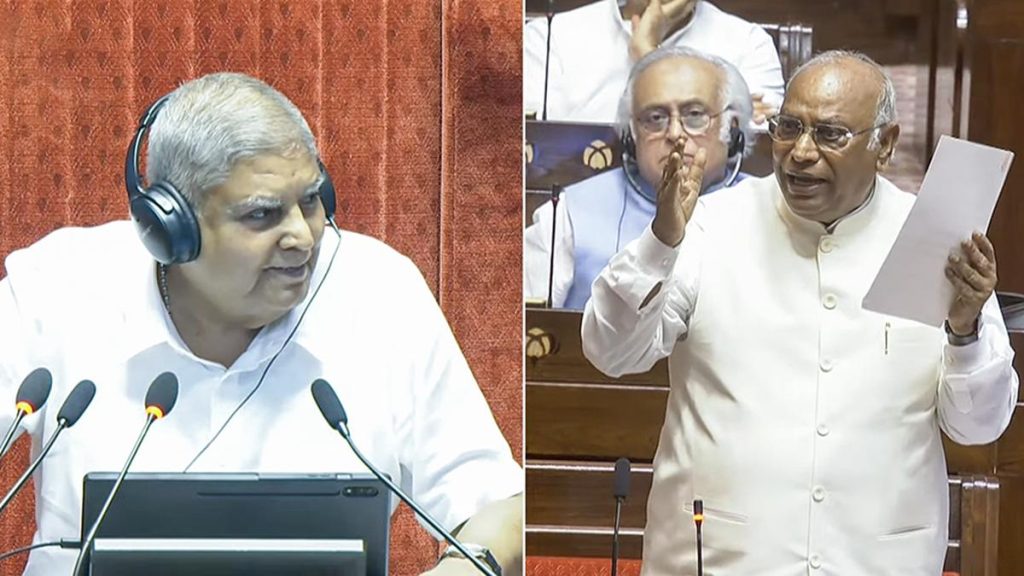Now Reading: Rainfall Deficit Spurs Higher Energy Consumption in Telangana Districts
-
01
Rainfall Deficit Spurs Higher Energy Consumption in Telangana Districts
Rainfall Deficit Spurs Higher Energy Consumption in Telangana Districts

Speedy Summary
- Rainfall Deficit in Telangana: Despite heavy rains in some districts, Telangana faces a 21% average rainfall deficit this season. Nirmal district reports the highest shortfall at 57%.
- Impact on Agriculture: The rainfall deficit has affected Kharif crop cultivation, with only 61.1 lakh acres cultivated as of July 16 compared to last year’s figure of 61.64 lakh acres.
- Energy Consumption Rise: Farmers are increasingly relying on groundwater irrigation due to inadequate water releases from major and medium irrigation projects, which is driving up energy consumption-reaching nearly 300 million Units (MU) daily in deficient districts like Nirmal, Peddapalli, and Mancherial.
- Irrigation Project Status:
– Projects in the Krishna Basin are performing better due to upstream releases; Nagarjunasagar reservoir is nearing full capacity at 247.5 tmc ft out of its total capacity of 312 tmc ft.
– Godavari Basin projects continue to receive minimal inflows; combined storage across major reservoirs stands at just over thier full potential (22 tmc vs. ~205 tmc).
- District-wise Crop Cultivation Impact:
– Districts with significant cultivation deficit include Wanaparthy (7.25% normal), suryapet (9.2%), Medak (12.3%), and Karimnagar (22%).
Indian opinion Analysis
The rainfall deficit in Telangana underscores the growing vulnerability of agriculture-dependent states to erratic monsoons linked partly to climate variability and other factors such as delayed water management strategies by authorities overseeing critical river basins like Godavari and Krishna. While heavy inflows into some Krishna Basin reservoirs provide relief for hydro-electric generation and partial irrigation needs, the negligible contributions from projects under Godavari basin leave many farmers reliant on high-cost groundwater irrigation-escalating energy usage.The uneven distribution of rainfall across districts will likely exacerbate regional disparities within agriculture productivity during Kharif season unless mitigated systematically through targeted measures like expedited water releases or alternative assistance programs.
Read more: Published – july 20,ителем-platform
























